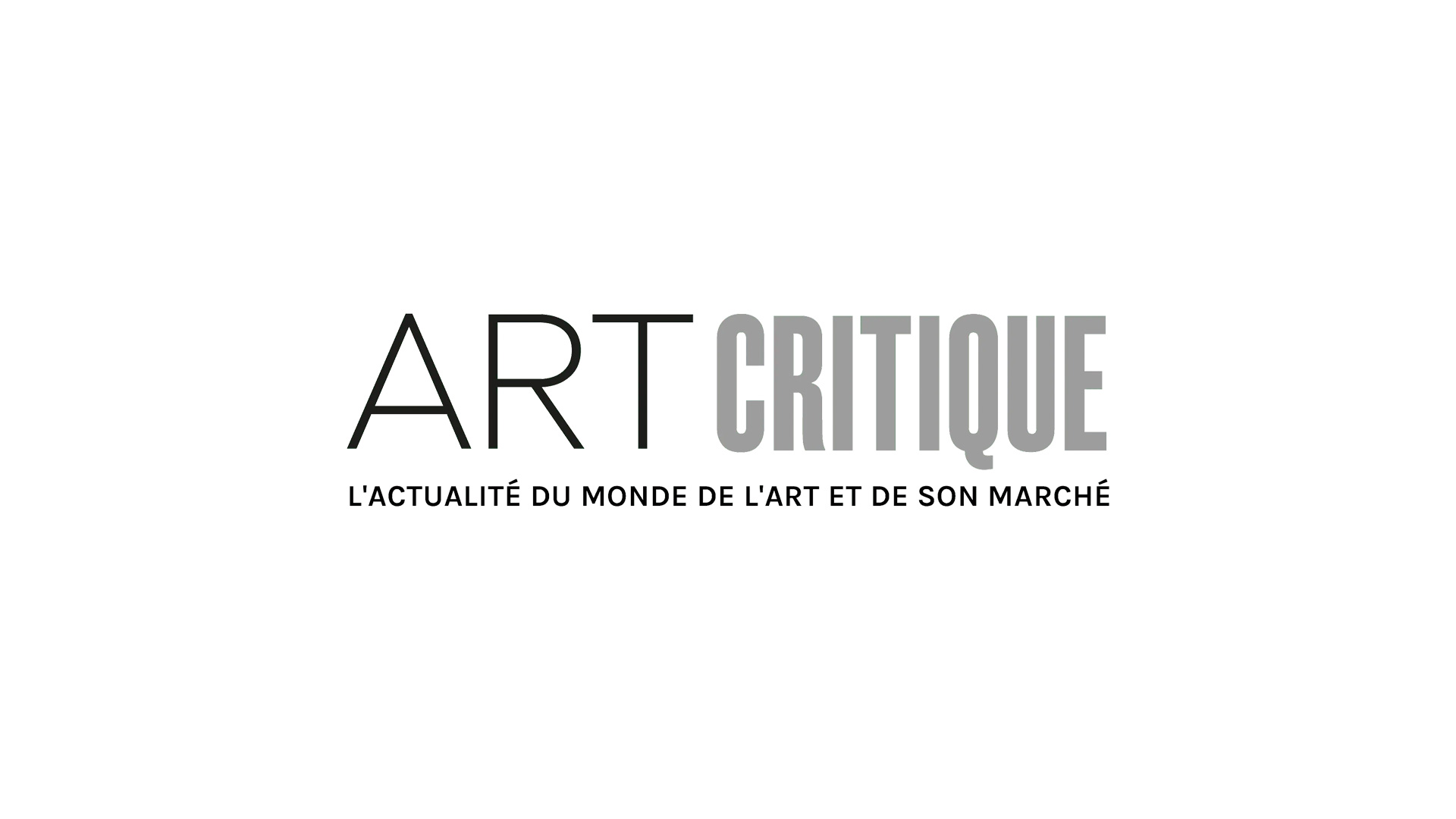Today’s column breaks from the usual format of commenting on French cultural news in order to discuss an Italian institution that has been the target of violent attacks stemming from repressive opinion trends. The Palazzo dei Diamanti in Ferrare, in Émilie-Romagne, is one of the most prestigious exhibition spaces in Italy. Its rich and diverse line-up (from filmmaker Antonioni’s piece in 2013, with my contribution, right up to the current exhibit entitled Boldini et le mode and by way of a recent offering dedicated to Courbet) has made this palace adorned with stone-cut diamonds the backdrop for some very exciting efforts.
The two ground-floor wings, used for temporary exhibits, had until recently been joined by a makeshift walkway crossing an untended garden, were unworthy of such a majestic venue. In the spring of 2017 an international competition was launched to replace this unexceptional awning that blocked the view of the garden and the palace itself with a 660 square foot glass and metal pavilion. This project is essential for the development of the institution’s programming but has been strongly criticized – especially by Vittorio Sgarbi – as an alleged betrayal of Italian heritage.

This initiative, however, has not be subject to any questionable practices (as is sometimes the case in Italy!) that might prevent it from being implemented. With full transparency and following consultation based on financial caution and architectural restraint that the Ferrara Arte teams hope to acquire additional resources so that they may continue to develop bold programming. A petition is currently circulating to support the Ferrara Arte team and their elegant (and flexible) architectural approach: https://www.change.org/p/ministro-per-i-beni-e-le-attività-culturali-onorevole-alberto-bonisoli-palazzo-dei-diamanti-non-è-in-pericolo
The exhibition that the Palazzo dei Diamanti is currently hosting, Boldini et la mode, was risky because the vast body of work by this artist makes it difficult to select a few pieces without diminishing his contribution to art history. It’s not that the magnitude of a work necessarily raises questions about its quality; a certain number of masters from the end of the 19th century and the beginning of the 20th were also prolific artists. But Boldini, like Jacques-Émile Blanche and. to a degree, James Tissot, was an artist commonly categorized as a world-renowned painter. This is where this exhibit proves to be an admirable exercise because separating the good from the bad is probably more demanding to do with a major artist than with a minor one. From this perspective, curator Barbara Guidi has done a splendid job. The pieces chosen are all indisputably painterly and faithfully adhere to the exhibit’s stated purpose; an examination of the relationship between the painter the style of their era.

One of the boldest moves of the exhibit was to be less rigid in ordering its sequence of rooms, which are relatively small and have walls that are unfavourable for scenic gazing. In the passageways between rooms, scenographer Antonio Ravalli installed windows with glass bottoms to create the optical illusion of a single continuous space. The display of clothes from the era hanging in the windows next to full length portraits —one of the trademarks of Boldini’s style—seems very appropriate, in other words, not easily documented. The gowns in these pieces are not artistically rendered and the accessories displayed do not demonstrate Boldoni’s realism in their representation. A lively and delightful dialogue begins to develop focussing on the abundance of textile materials, the seamstress’s skills and the artist’s audacity to distort the body and to use the crazy inventiveness of the costumed finery (which, obviously, is mostly for women). The bodies of many people in the portraits have been stretched in the style of the Mannerists that only the need to reproduce the endless flow of the taffeta could justify. Anecdotal nods to the worldliness of the era and the literature it produced punctuate the journey including the presence the Countess Greffulhe’s extravagant shoes, modelled after Proust’s Duchess of Guermantes. Some of the costumes come from the Musée des Arts Décoratifs, as well as other paintings including the portrait of caricaturist Sem, which by all accounts, has rarely been shown in Paris. It reveals a character whose impertinent face and enigmatic gaze are extremely reminiscent of the roguish flirt played by Gilles Margaritis in Atlantis by Jean Vigo.

This collection of Boldini’s pieces are all brilliantly executed from a technical perspective, resulting in a frenzy of brushstrokes that border on the abstract restlessness of Georges Mathieu and perhaps even the poetic abstraction of Tobey. The portrait called Fireworks (1892-96) might be described as having been influenced by Matisse, it is highly reminiscent of the portrait of Yvonne Landsberg from Philadelphia, to the arborescent excess of lines whose agitation shift the edges/outlines of the body while evoking ramifications of feather. The exhibition closes with an extraordinary portrait of the Marquis Casati, anticipating the futuristic reduction of the limits of the body and whose black eye suggests the shaky photograph of the famous portrait of the same Marquis by Man Ray.

Such an exposition is especially innovative; one hand because of the relationship between the disciplines and the eras that they helped to establish and on the other, because of the potential danger of re-examining the work of a painter regarded as being weary. It demonstrates the need and the obligation of the Palazzo dei Diamanti to expand and modernise it spaces to better fill its duty in the service of Italian art.
Ferrare – from February 16 to July 2






